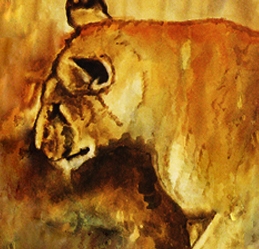To a Songster
O little bird, I’d be
A Poet like to thee,
Singing my native song—
Brief to the ear, but long
To Love and Memory.
In Solitude
Like as a brook that all night long
Sings, as at noon, a bubble-song
To Sleep’s unheeding ear,
The Poet to himself must sing,
When none but God is listening
The lullaby to hear.
Exaltation
O leaf upon the highest bough,
The Poet of the woods art thou
To whom alone ’tis given—
The farthest from thy place of birth—
To hold communion with the earth,
Nor lose the light of Heaven.
O leaf upon the topmost height,
Amid thy heritage of light
Unsheltered by a shade,
’Tis thine the loneliness to know
That leans for sympathy below
Nor finds what it hath made.
Hidden
The sweetest warblers—one in light,
And one in darkness, screened from sight—
By voice alone prevail;
So let the poet sing his song,
As far secluded from the throng
As lark or nightingale.
Poetry
A gleam of heaven; the passion of a Star
Held captive in the clasp of harmony:
A silence, shell-like breathing from afar
The rapture of the deep—eternity.
John B. Tabb
For a recitation, click the play button:
Audio Player
“To a Songster”: Later Lyrics, p. 1; Poetry p. vii. April 1902. A songster is a male songbird.
“In Solitude”: Lyrics, p. 57; Poetry, p. 168. March 1896.
“Exaltation”: Lyrics, p. 5; Poetry, p. 26. May 1895.
“Hidden”: Later Poems, p. 92; Poetry, p. 168. 1910. The sweetest warblers are the lark and nightingale. A lark is any of a number of songbirds (family Alaudidae); only one, the Horned Lark (Eremophila alpestris), lives in North America. The Nightingale (Luscinia megarhynchos) is a flycatcher (family Muscicapidae) that summers in England and Europe, and is famed in poetry for singing through the night.
“Poetry”: Poems, p. 136; Poetry, p. 359. July-August 1892. Harmony is the combination of simultaneously sounded musical notes to produce chords and chord progressions with a pleasing effect or a consistent, orderly, or pleasing arrangement of parts. Father Tabb was a gifted pianist.


